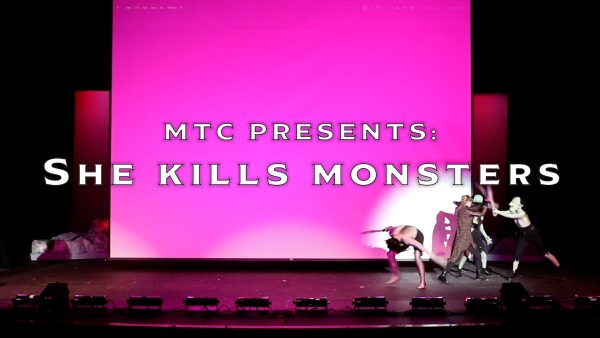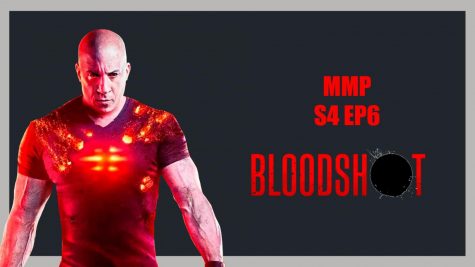Movie Review: BlacKkKlansman
“BlacKkKlansman,” slightly based on true events, tells how Ron Stallworth (John David Washington) becomes first the African American police officer and undercover detective on the Colorado Springs Police Department. His first assignment is to infiltrate the Ku Klux Klan. With his fellow undercover detective, Flip Zimmerman (Adam Driver), Stallworth speaks to Klan members on the phone for tips, while Zimmerman impersonates Stallworth and attends meetings for more private information.
Director Spike Lee brings his own aesthetic charm to “BlacKkKlansman” while Washington and Driver’s performances greatly boost the movie’s rating. Lee’s representation of the story creates a dangerous and entertaining narrative that is elevated by great character development and Lee’s special brand of cinematography. “BlacKkKlansman” is rated R for language, racial phrases, violence and some sexual references. Box Office Mojo says that over the twelve days the movie was in theaters, “BlacKkKlansman” made $32 million domestically and eight million dollars internationally (this may change over time).
While “BlacKkKlansman” carries a strong cast including actors like Alec Baldwin, Laura Harrier and Robert John Burke, John David Washington and Adam Driver truly bring the performance home. Both Washington and Driver have to act as two characters, as mentioned in the synopsis. Their performances are not only honest and believable but extremely humorous as well. In Driver’s case, there is an entire scene dedicated to him learning how to “speak like a redneck.” As for Washington, his character is responsible for keeping in touch with the Ku Klux Klan over the phone. In several scenes, viewers find Stallworth indirectly mocking Klan members during phone calls for not being able to identify his race by voice alone. Both scenes are extremely humorous and serve to further develop the story.
Another achievement for Lee is that he manages to perfectly balance serious character development and comic relief. Take Stallworth’s partner, Zimmerman, for example. Zimmerman is Jewish yet has never given any time in his life to his religion; however, after one Klan member almost kills him for possibly being Jewish, his religion becomes something he wants to protect. And during this transformation, we see Zimmerman listening to Stallworth’s calls with various Klan members and laughing so hard that he almost blows their cover. As for Stallworth himself, his character may not be dynamic, but his development arc brings him to realize that Black Power and White Power movements strive for the same goal: domination.
Because this is a Spike Lee film, viewers are always promised at least one floating dolly shot, where the character(s) stands on a platform on a dolly and the dolly moves forward. Lee’s dolly shots are extremely subjective but typically appear in high-stakes situations. “BlacKkKlansman”’s dolly shot portrays Stallworth and his girlfriend in the last few seconds of the movie after a supposed Klan member threateningly knocks on Stallworth’s door. The two float down the hallway standing absolutely still with the camera focused on them. The tight hook the camera keeps on the two is a nice suspense builder for what could pop out and attack at any moment.
“BlacKkKlansman” is without a doubt worth a viewing. While it is politically controversial for connecting the Ku Klux Klan to the 2017 Charlottesville Protests, “BlacKkKlansman” sets a high standard in terms of filmmaking. Spike Lee’s creativity combined with the cast’s charisma makes “BlacKkKlansman” a perfect movie to end the Summer with.
Your donation will support the student journalists of Marquette High School. Your contribution will allow us to purchase equipment and cover our annual website hosting costs. You may become a PATRON by making a donation at one of these levels: White/$30, Green/$50, Blue/$100. Patron names will be published in the print newsmagazine, on the website and once per quarter on our social media accounts.

Will Roach, senior, has been the Opinions editor for the Messenger since 2018. Will is also the president of Movie Appreciation Club and a member of the...












